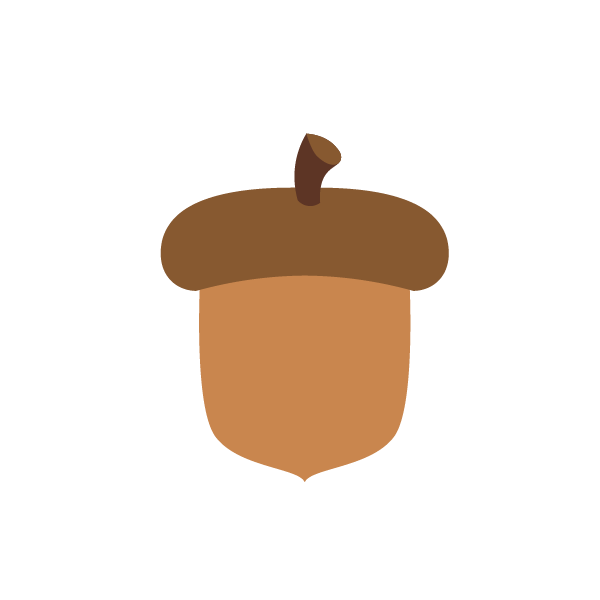Pollination
One of the most important things that bees do is pollinate. Pollination is when bees transfer pollen from the male anthers of a flower to the female stigma. This process allows the flowers to produce seeds so that new plants can grow. The bee collects the pollen on its body and then brushes against the stigma of another flower, leaving the pollen behind.
What is pollination?
Pollination is the process of transferring pollen from the male organ or stamen of a flower to the female organ or pistil. Pollination is necessary for the plant to reproduce. The pollen contains the male gametes or sperm cells which fertilize the ovules in the pistil. This process results in the formation of seeds inside the ovary of the flower.
How does pollination occur?
Pollination is the process of transferring pollen from the male organ or stamen of a flower to the female organ or pistil. Pollination usually happens when an animal brushes against the flower, picking up pollen on its body and then transferring it to another flower. This process can also happen when the wind blows pollen from one flower to another.
Why is pollination important?
Pollination is the process where pollen is transferred from the male organ or stamen of a flower to the female organ or pistil. This process is necessary for the plant to reproduce. The pollen grain contains the male gametes or sperm cells which fertilize the ovules in the pistil. This process results in the creation of seeds which will grow into new plants.
Types of pollination
There are two types of pollination: self-pollination and cross-pollination. Self-pollination is when the pollen from the male organ or stamen of a flower falls on the female organ or pistil of the same flower. Cross-pollination is when the pollen from the male organ or stamen of one flower falls on the female organ or pistil of another flower.
